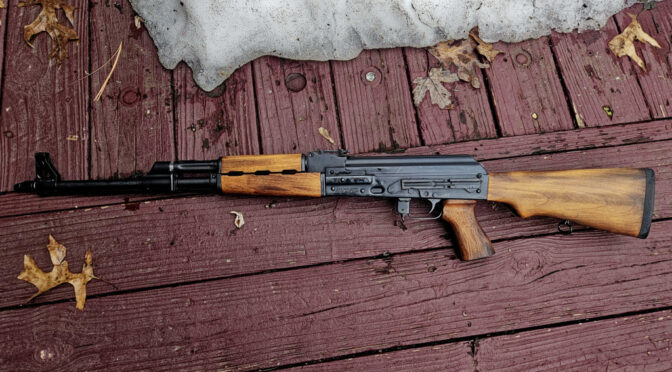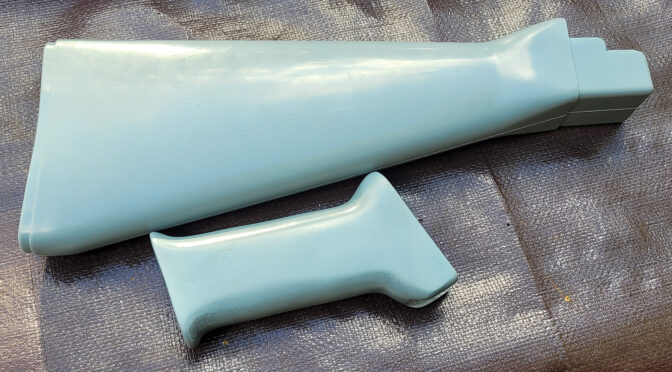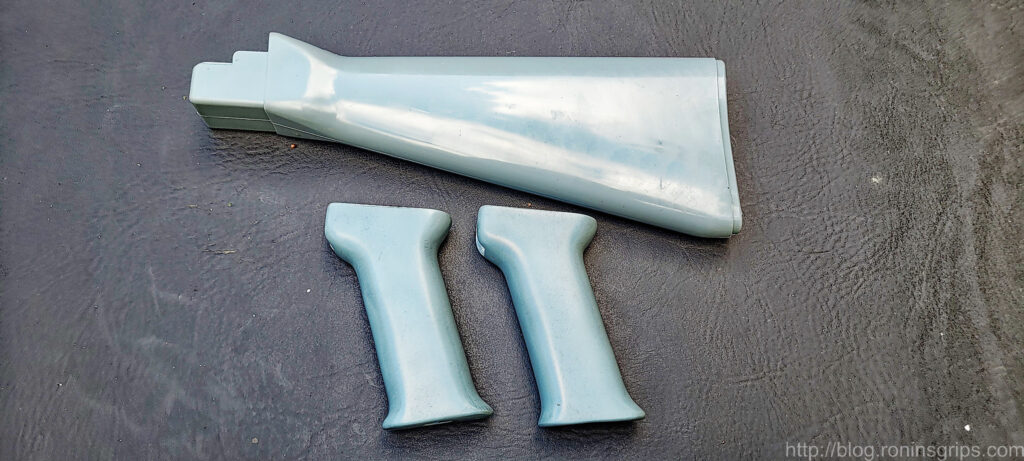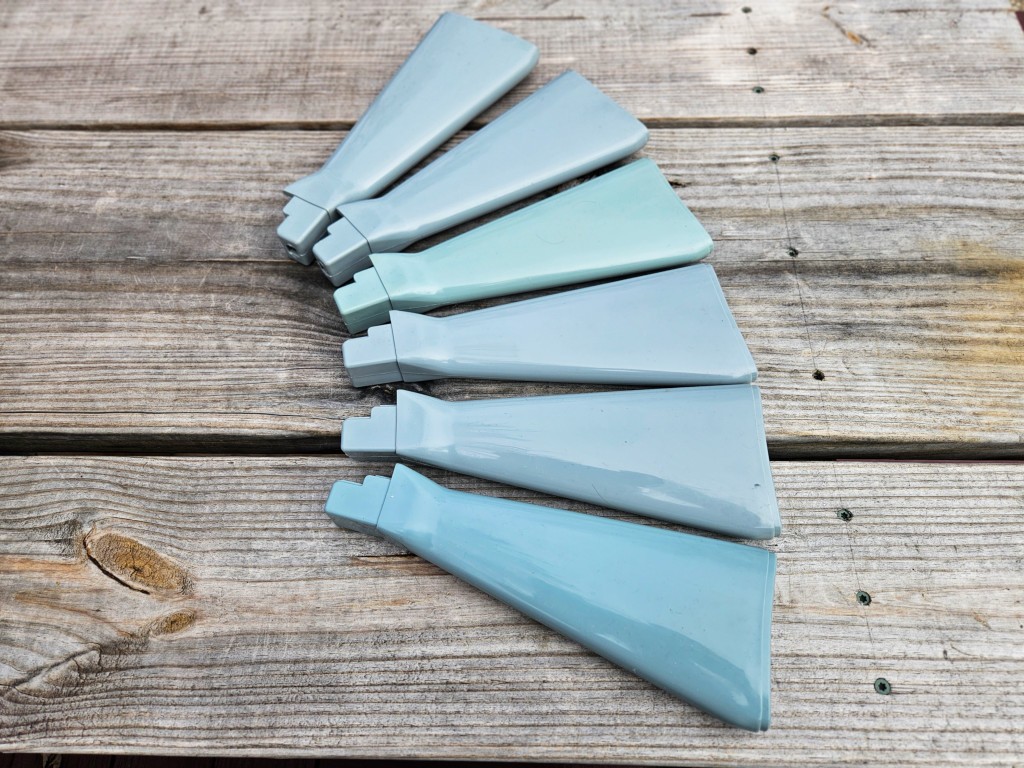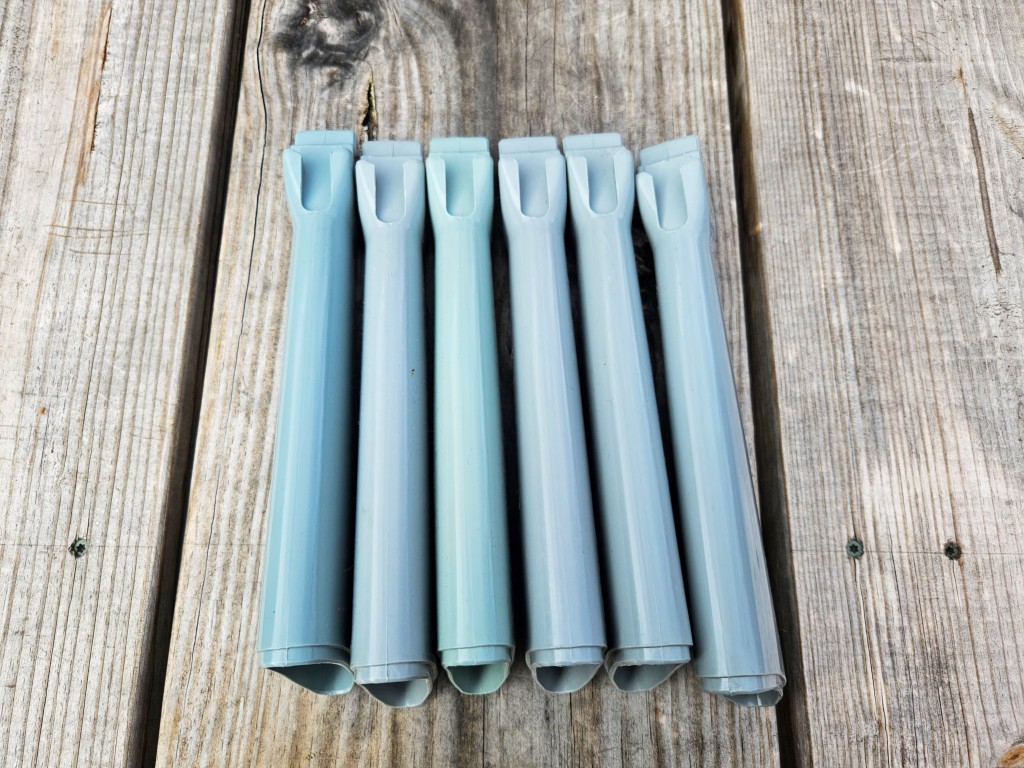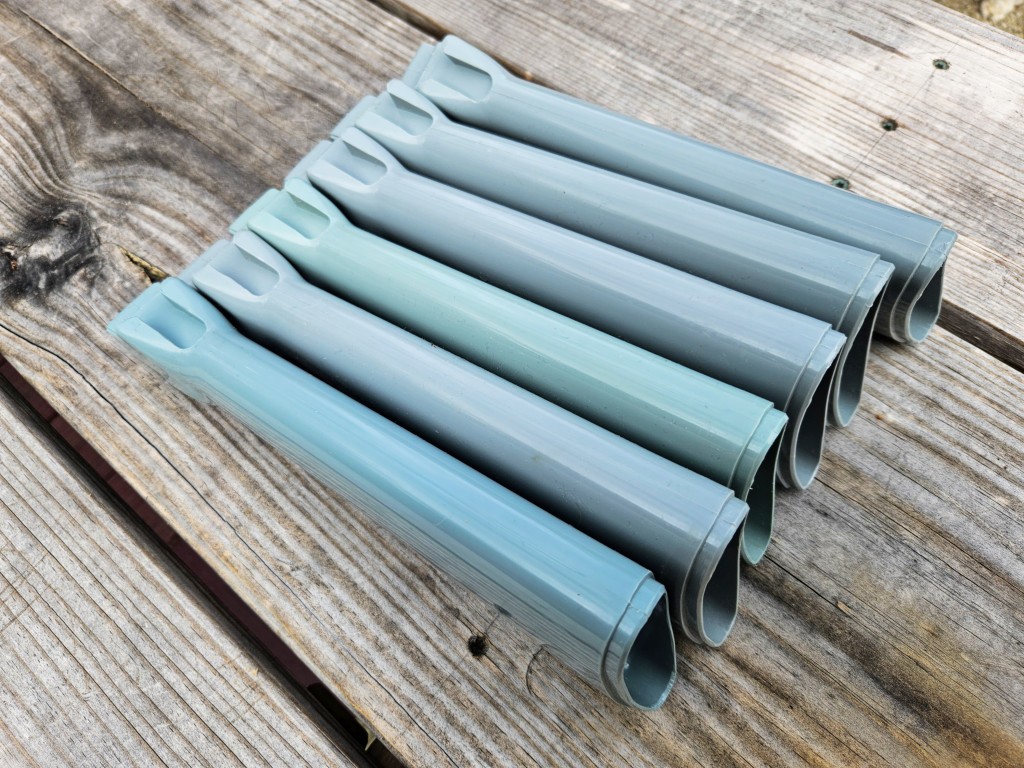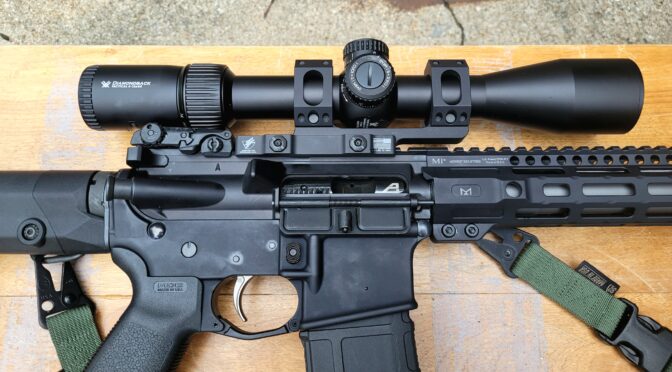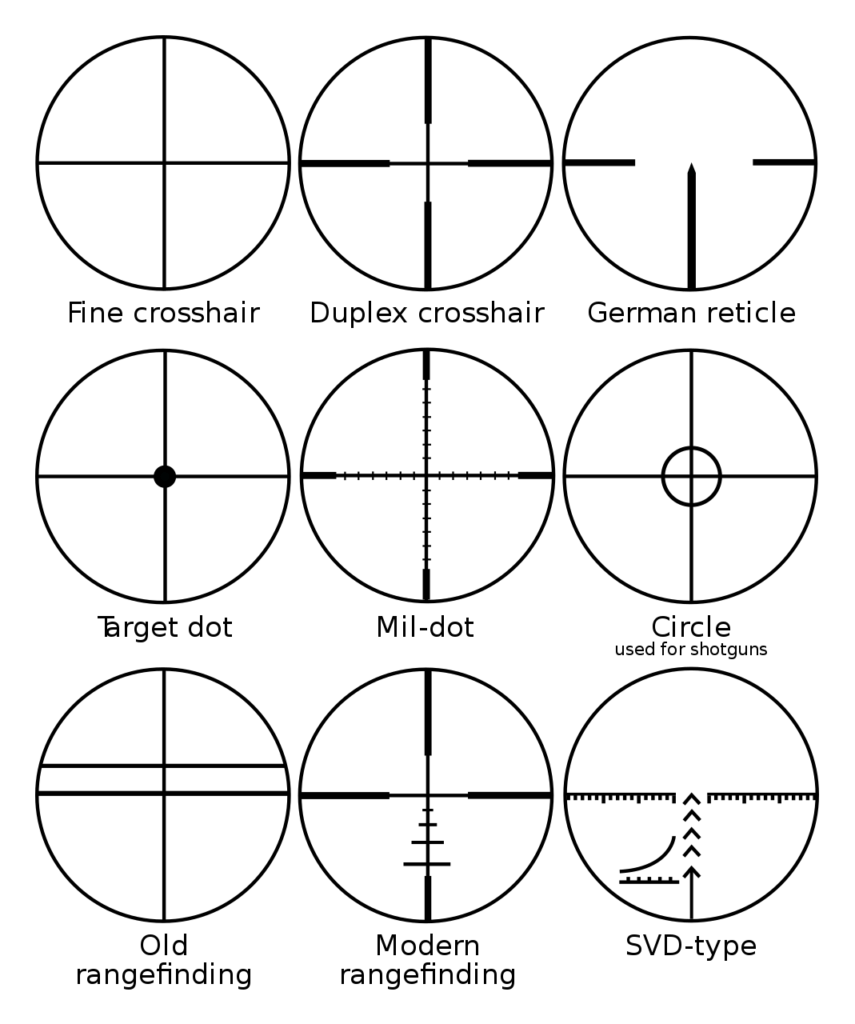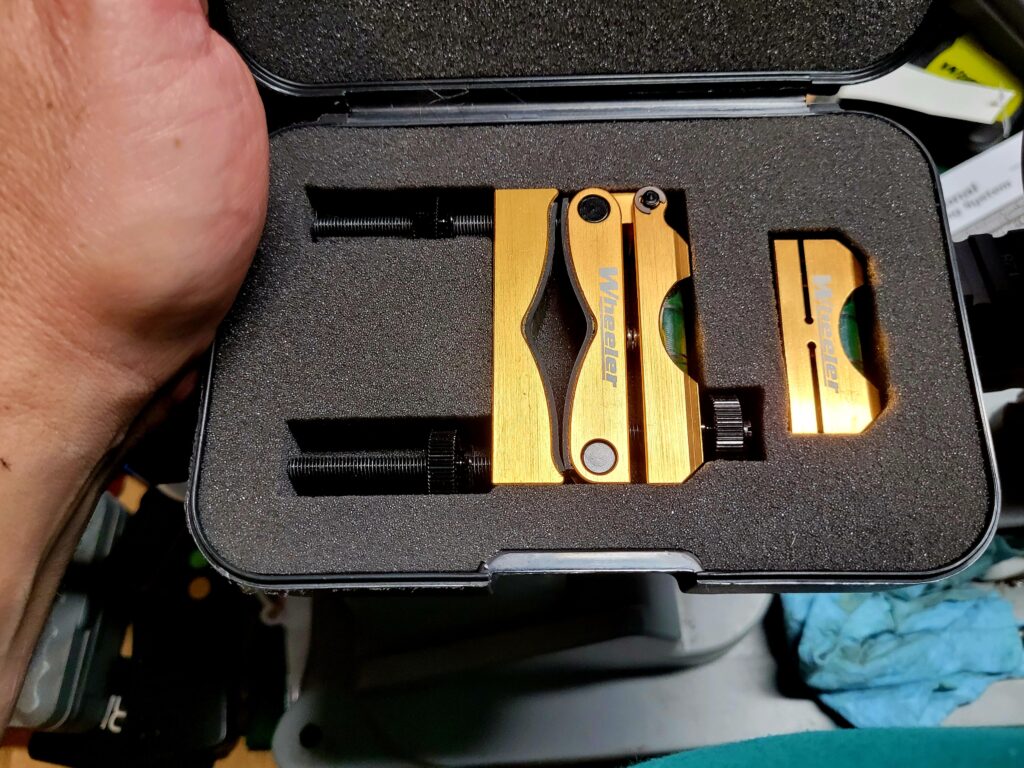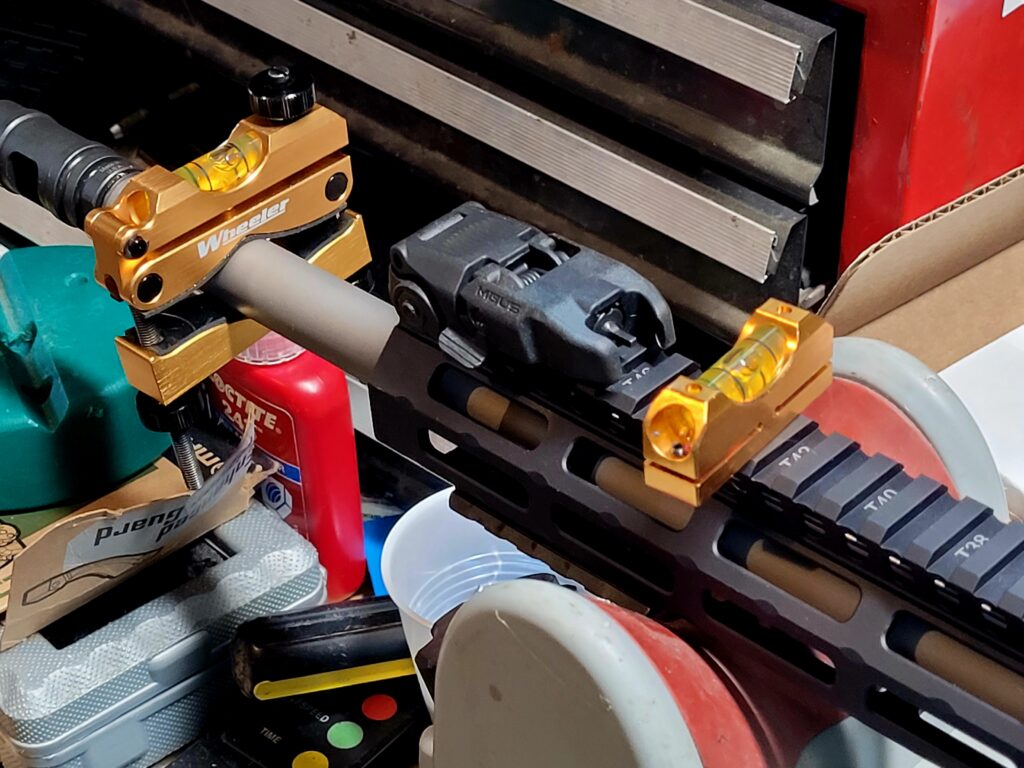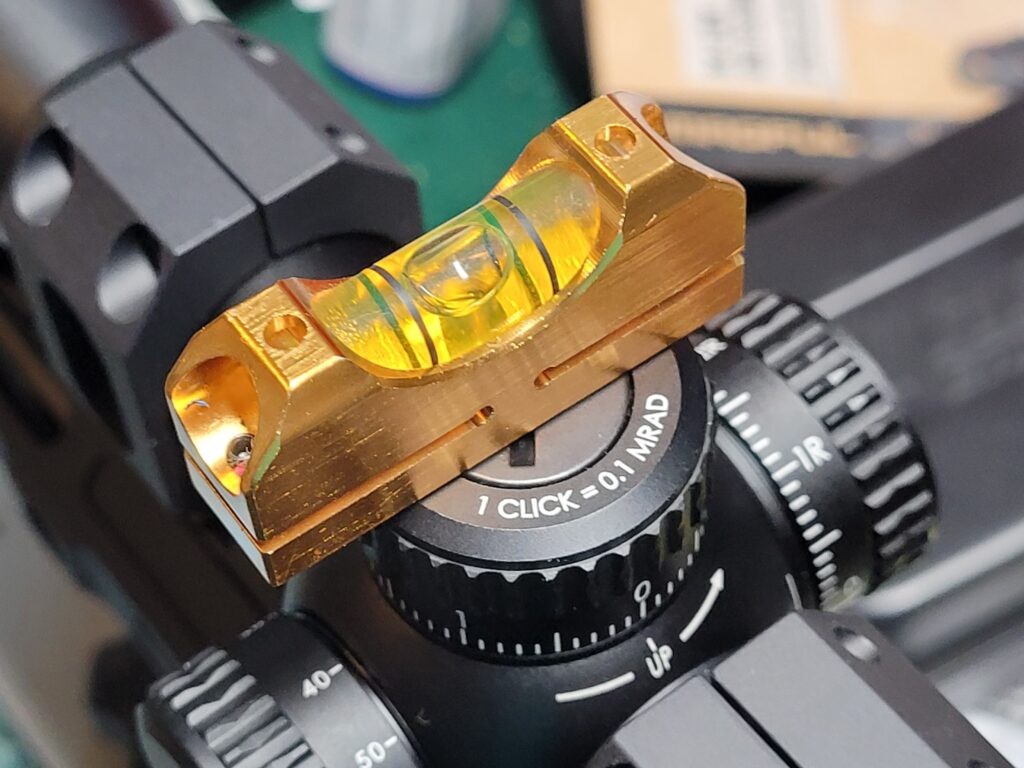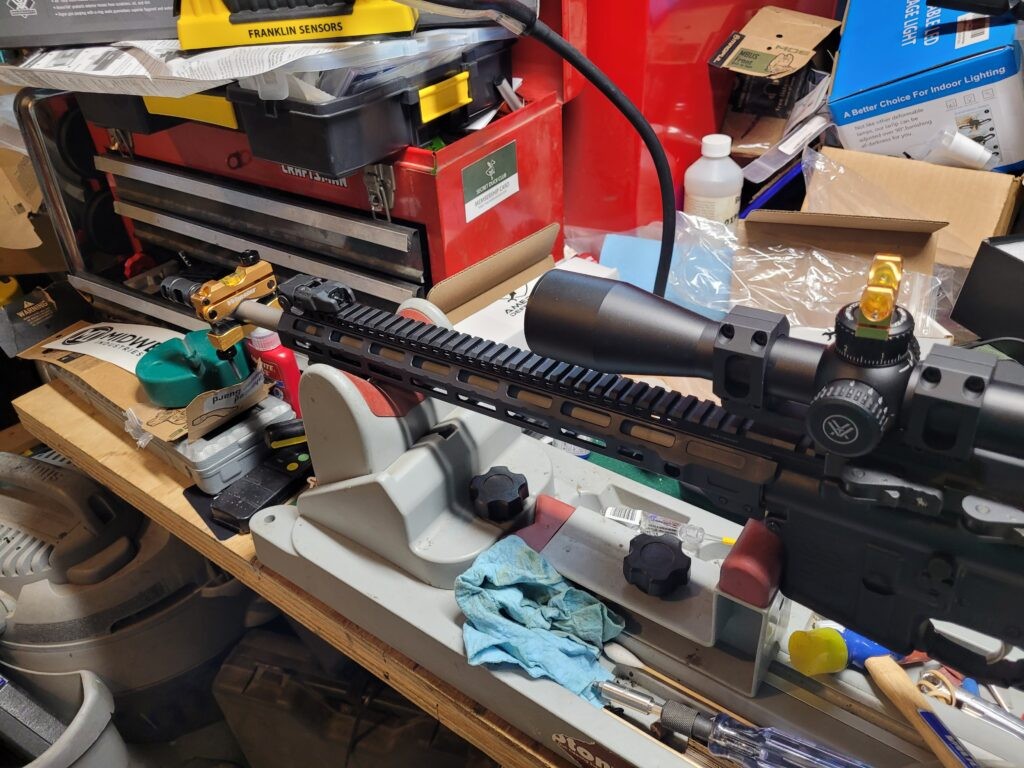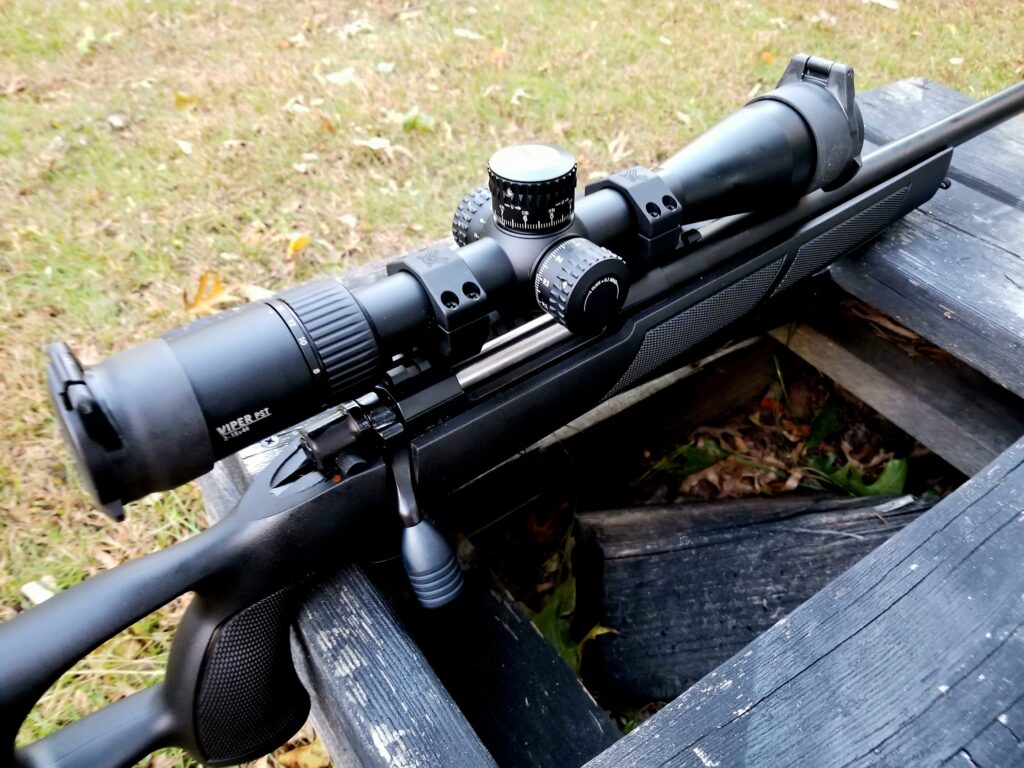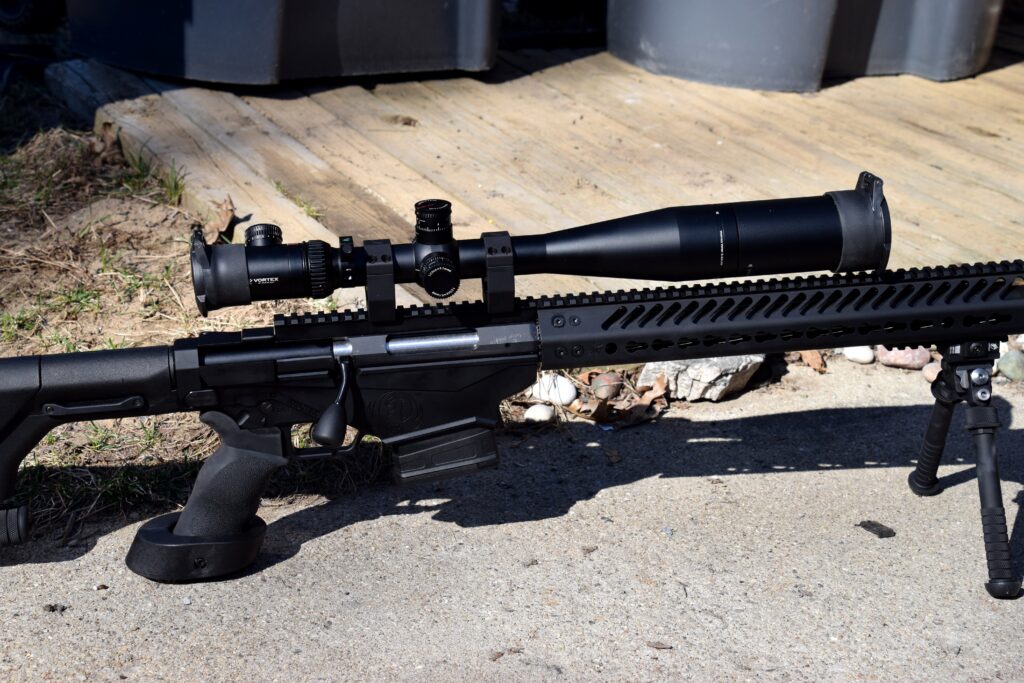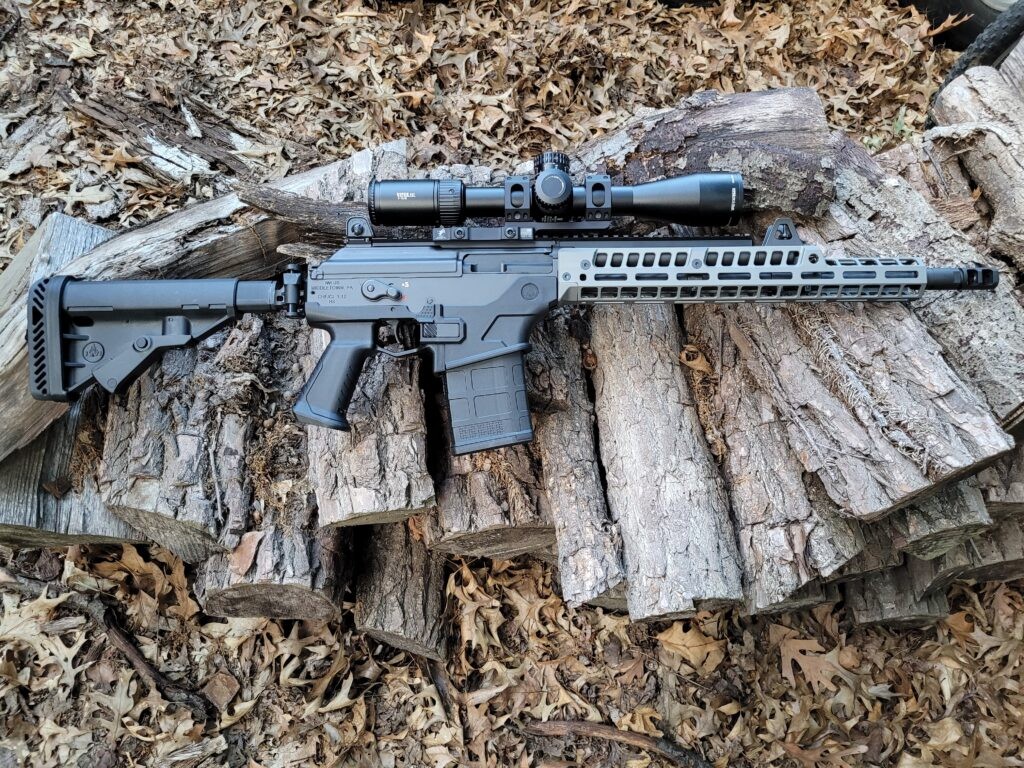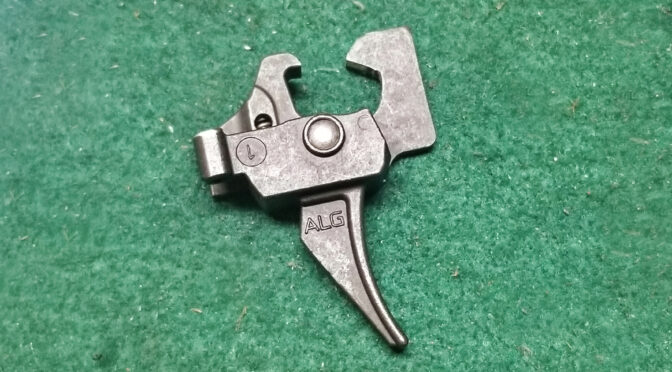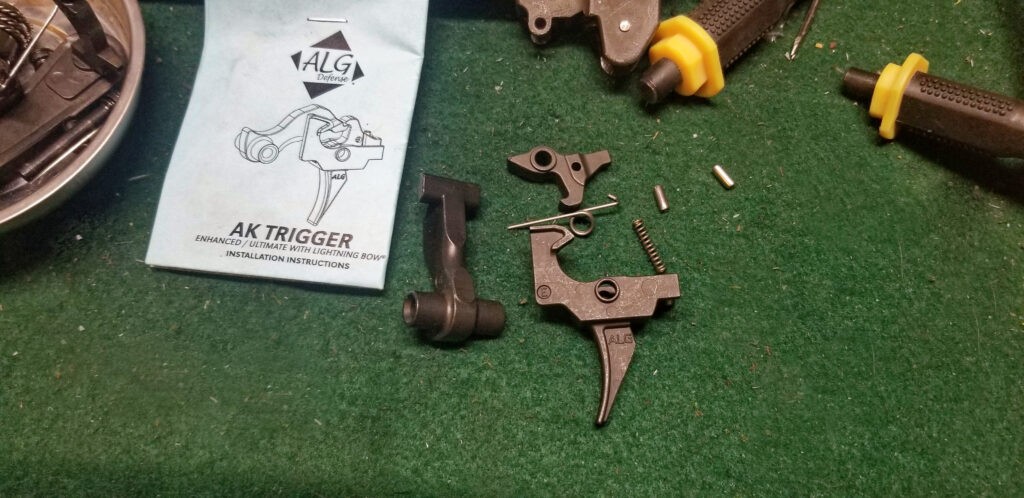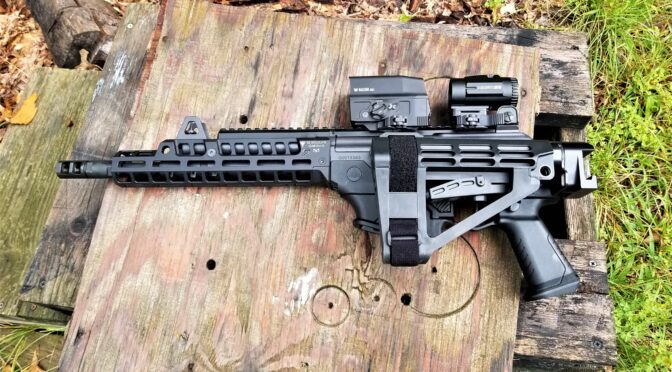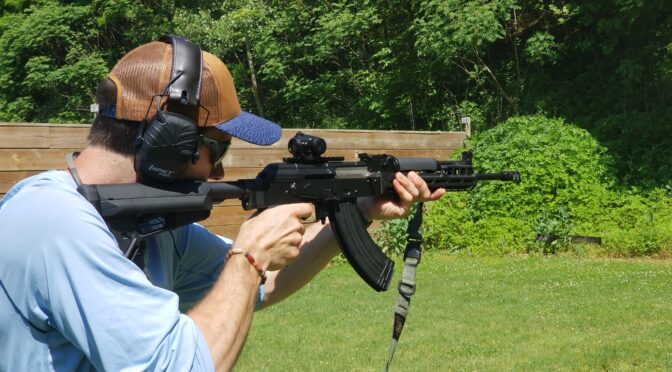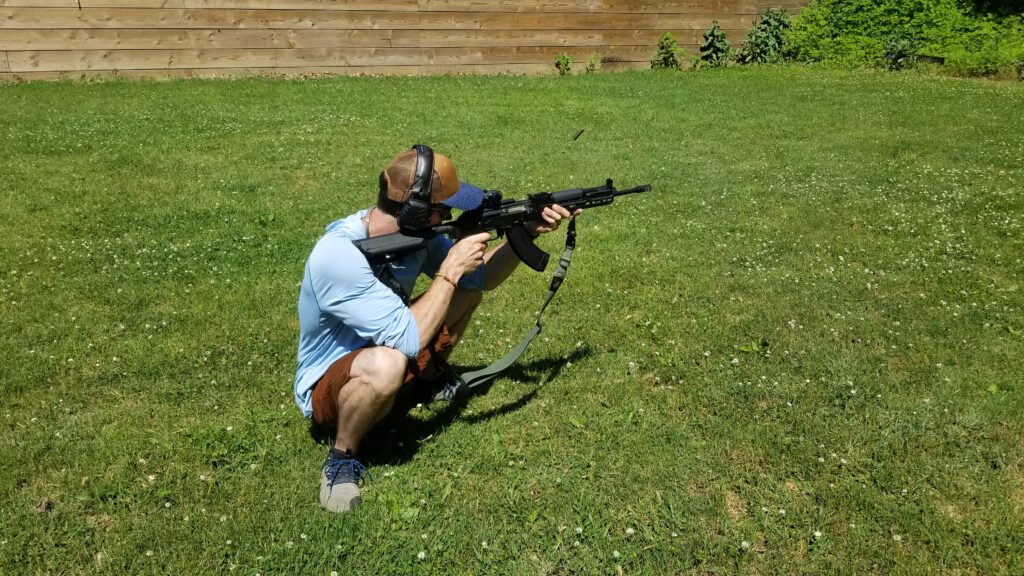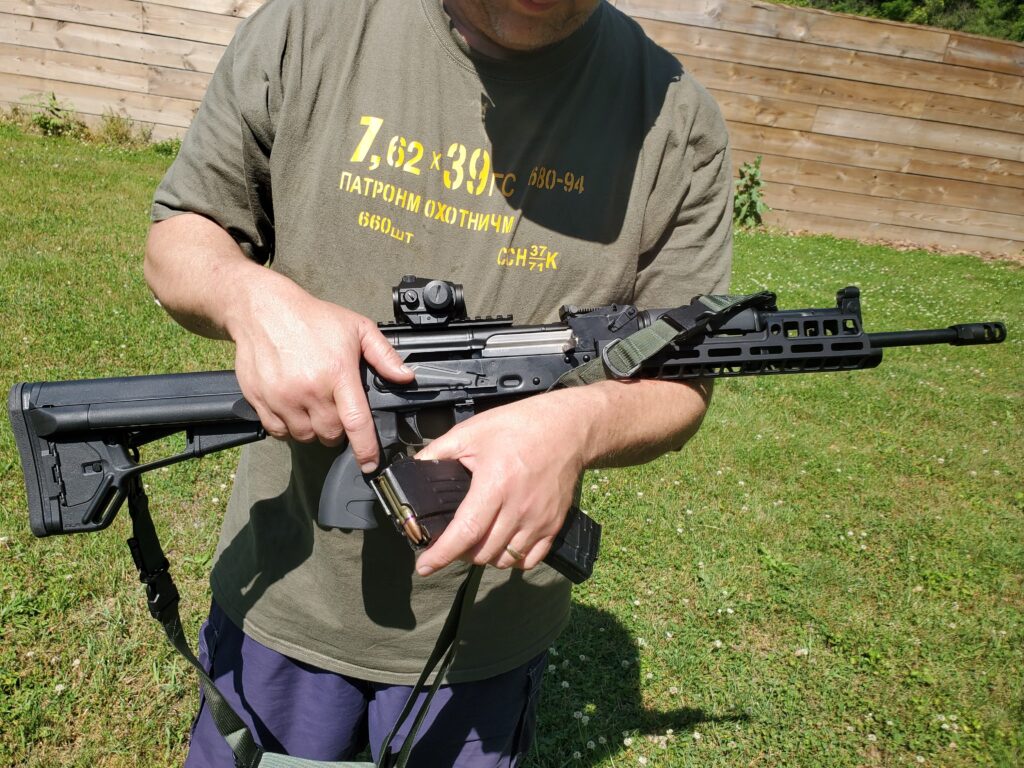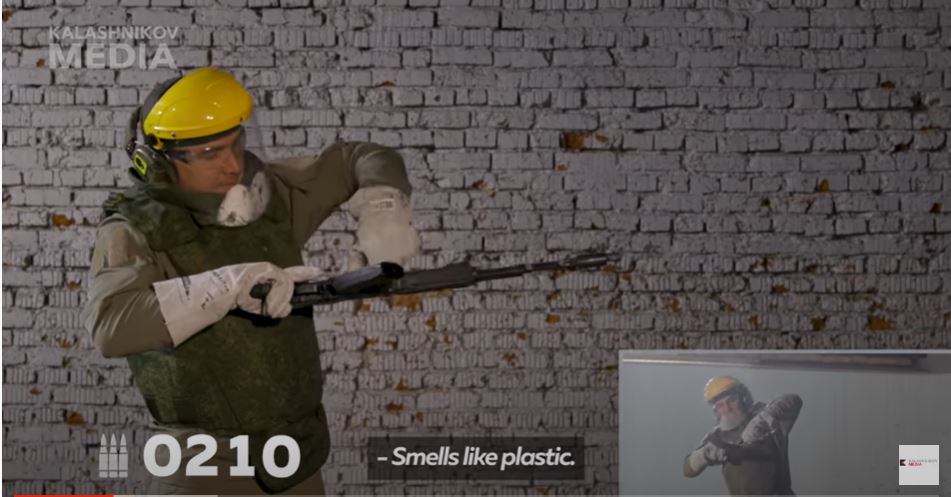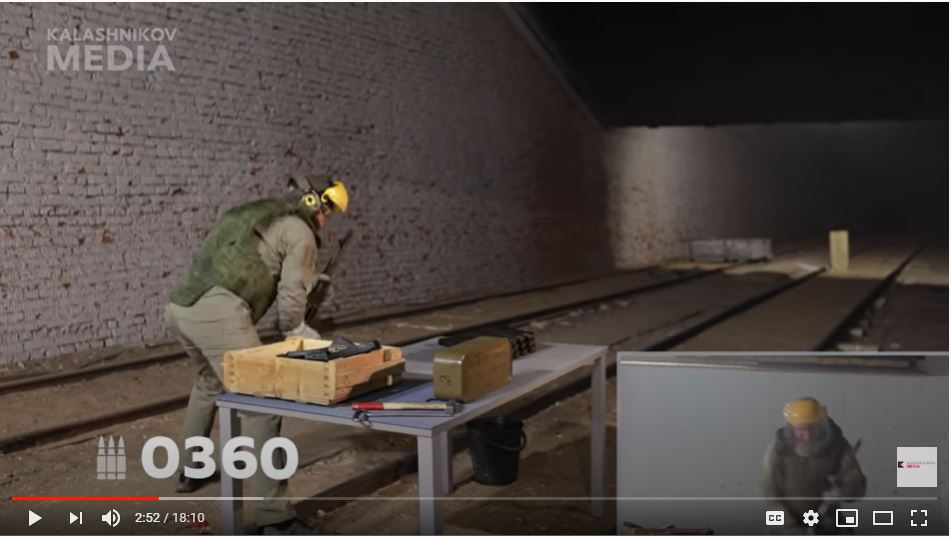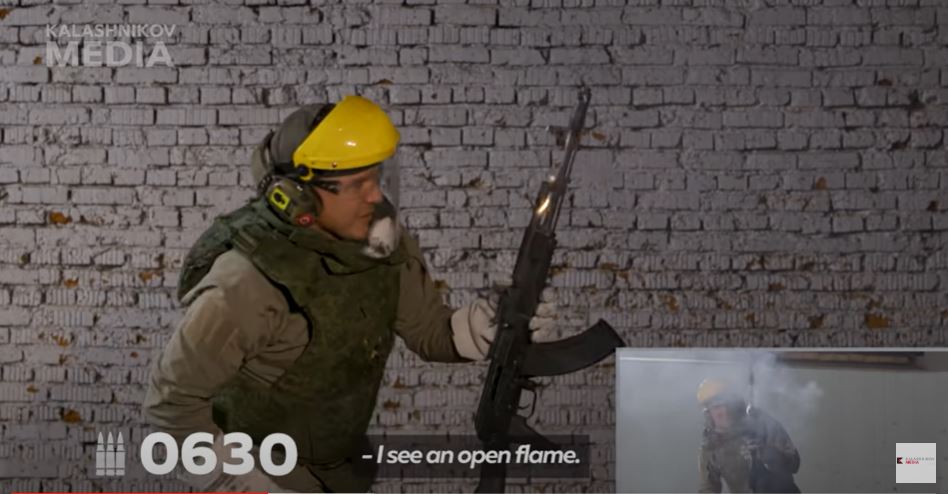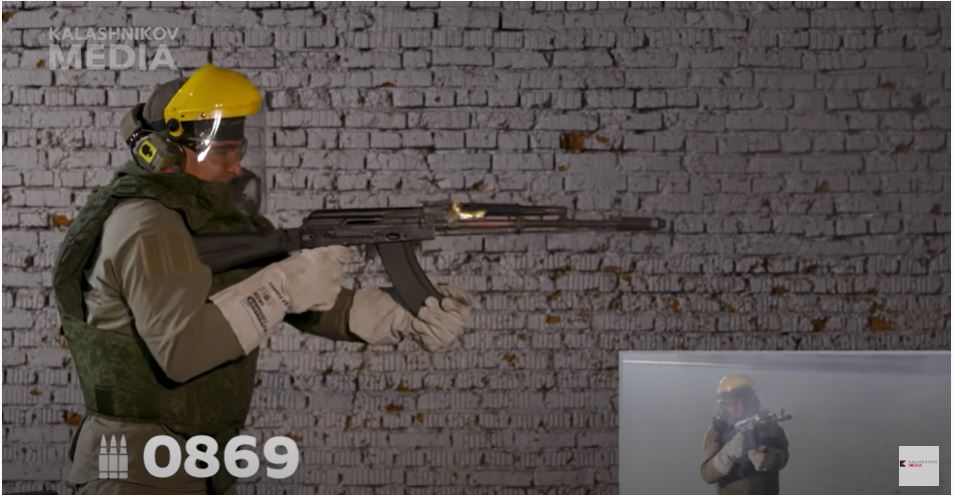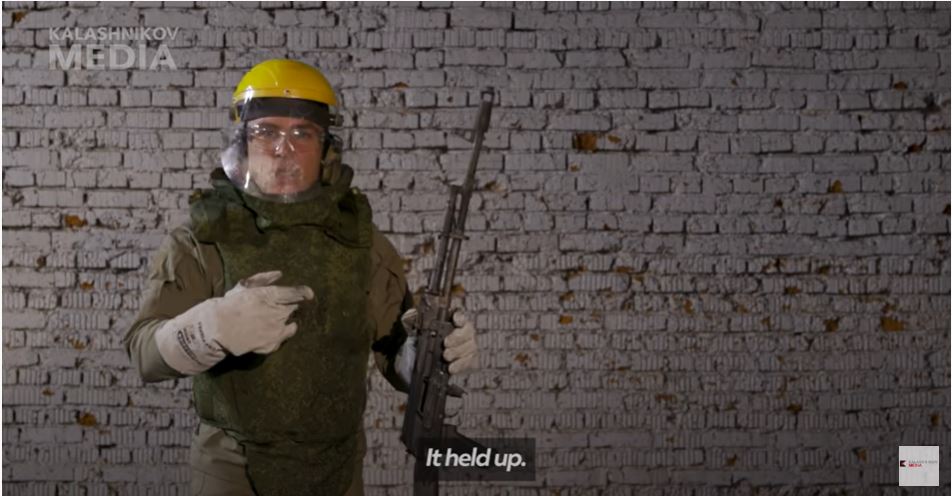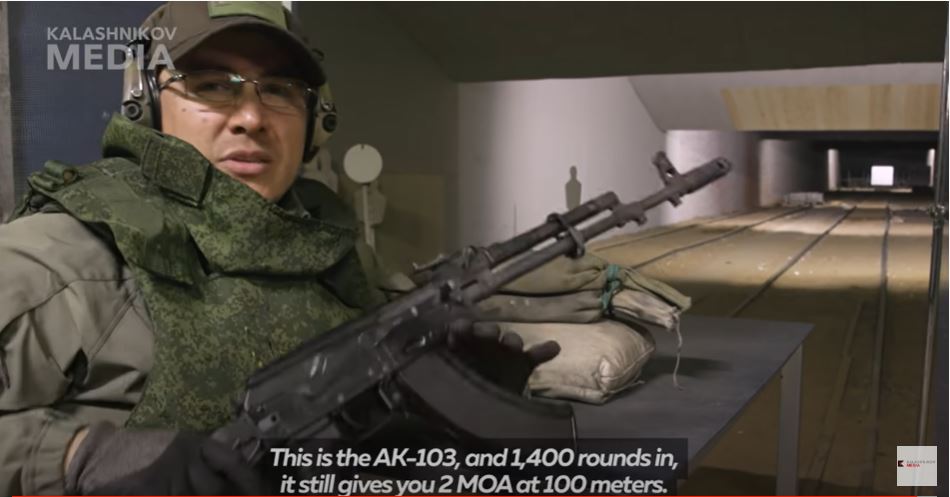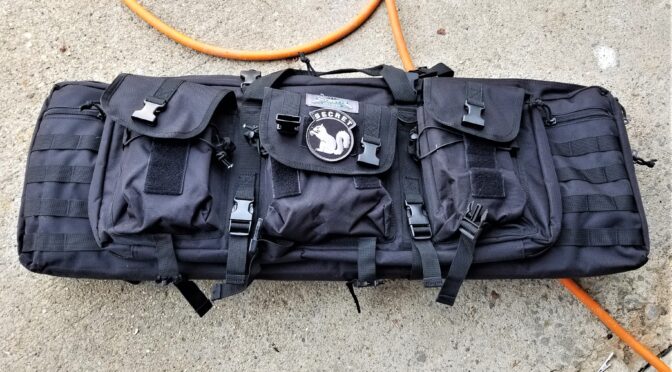Years ago, I had a Zastava M77 and regretfully sold it back in 2014. It was one of those situations where I had to sell it to fund other projects but I didn’t even get a chance to shoot it. I also had a custom M76 (the 8mm version) for a while but I did sell that one – mainly because it was a primer popper. That is a known issue because the firing pin hole opened up out of spec due to corrosive ammo use and didn’t adequately support the primer as a result but I digress.
I had resisted buying another one until Zastava decided to release what they called the “Battleworn” model (ZR77308W) and I caved. On one hand, it comes with some really nice retro looking Europen beech wood furniture. What really got me was that it was way cheaper than their other models that had optics and/or polymer furniture at that time.
Why the M77?
So, I had wanted to get back into the Zastava designated marksman’s rifle (DMR) game for a while and was just biding my time. The reason I wanted the M77 was due to all of the quality match 7.62×51 and match .308 match ammo that is out there. In comparison, try finding affordable true match grade 8mm ammo for the M76 or match 7.62x54r for the M91. You can find it once in a while but it’s not cheap and choices are limited here in the US. On the other hand, match 7.62×51 and .308 plentiful and affordable.
So, the main reasons were the ammo and the second was the M77 Battleworn model being very affordable in the Late Summer of 2023. As I am writing this, a quick search on GunBroker shows the Battleworn model selling fro $1369 with one 20-rd magazine up to $1,499 with five 20 round mags plus the various models are a lot closer in price. I paid less last summer but you get the idea. (In 2014 I bought a M77 with a thumbhole polymer stock and polymer handguard set for $600 or 700 from Centerfire Systems but that’s the way pricing goes – any vendor will raise prices to what they think the market will bear to try and maximize profits.)
Taking a Closer Look
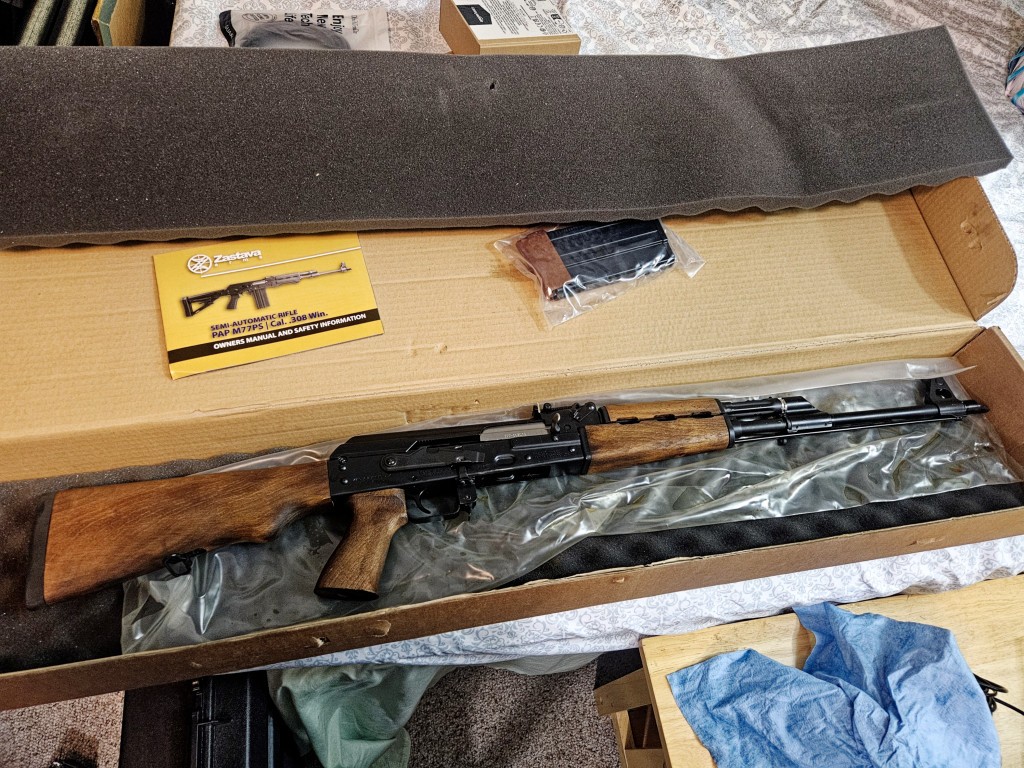
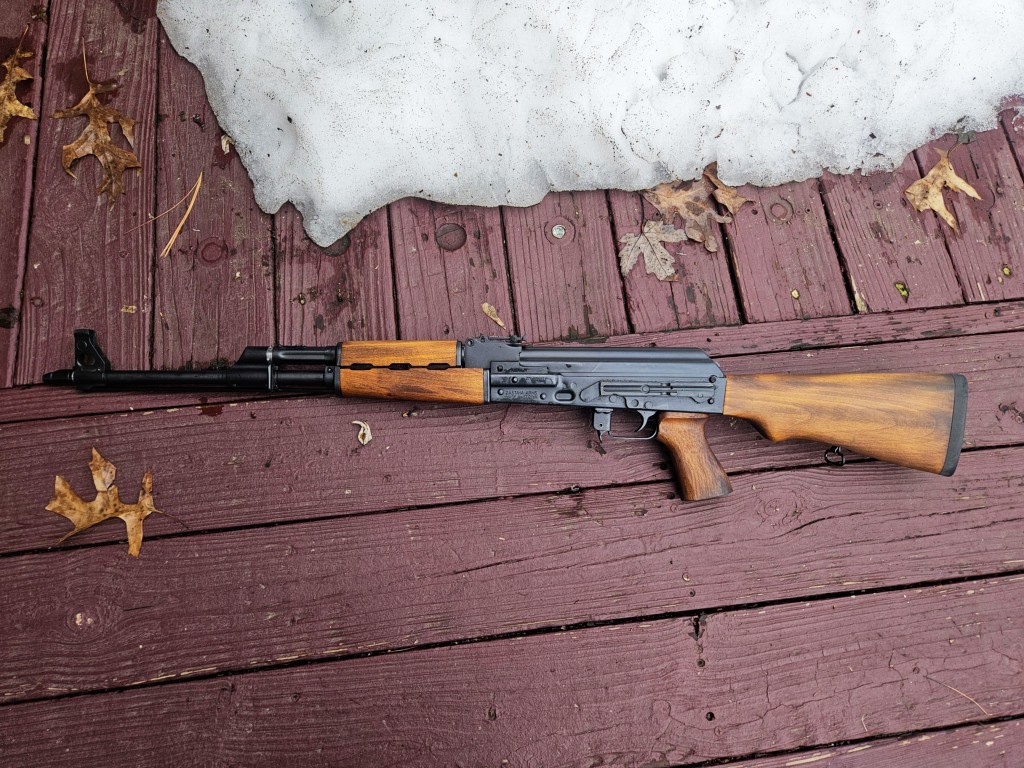

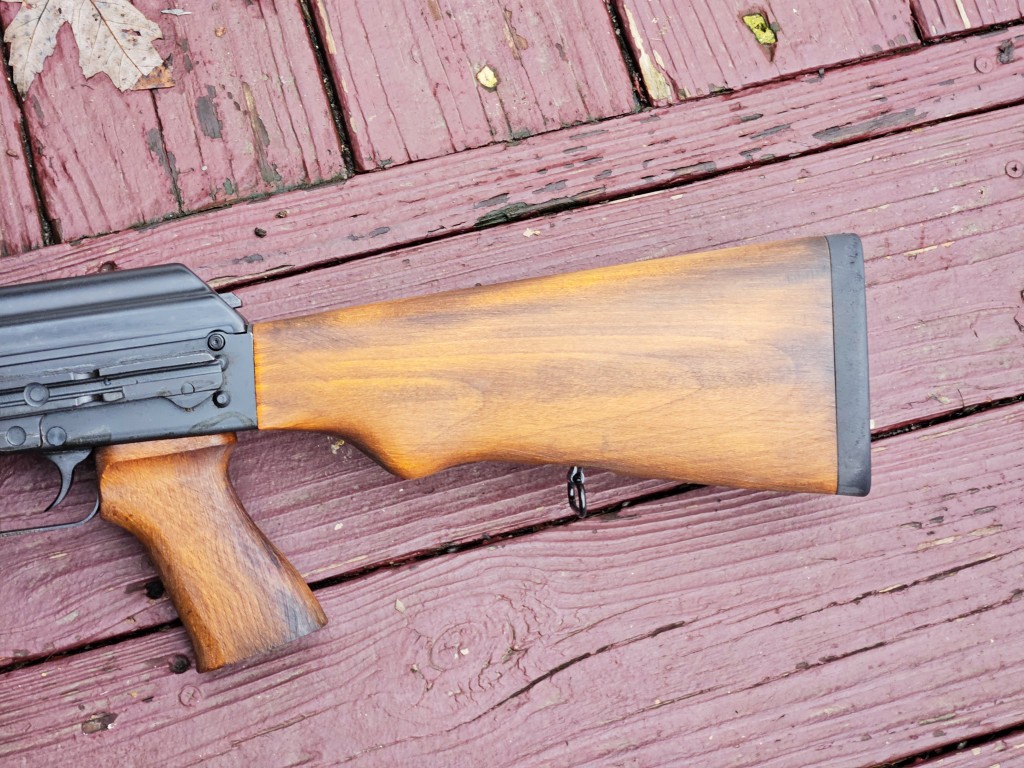
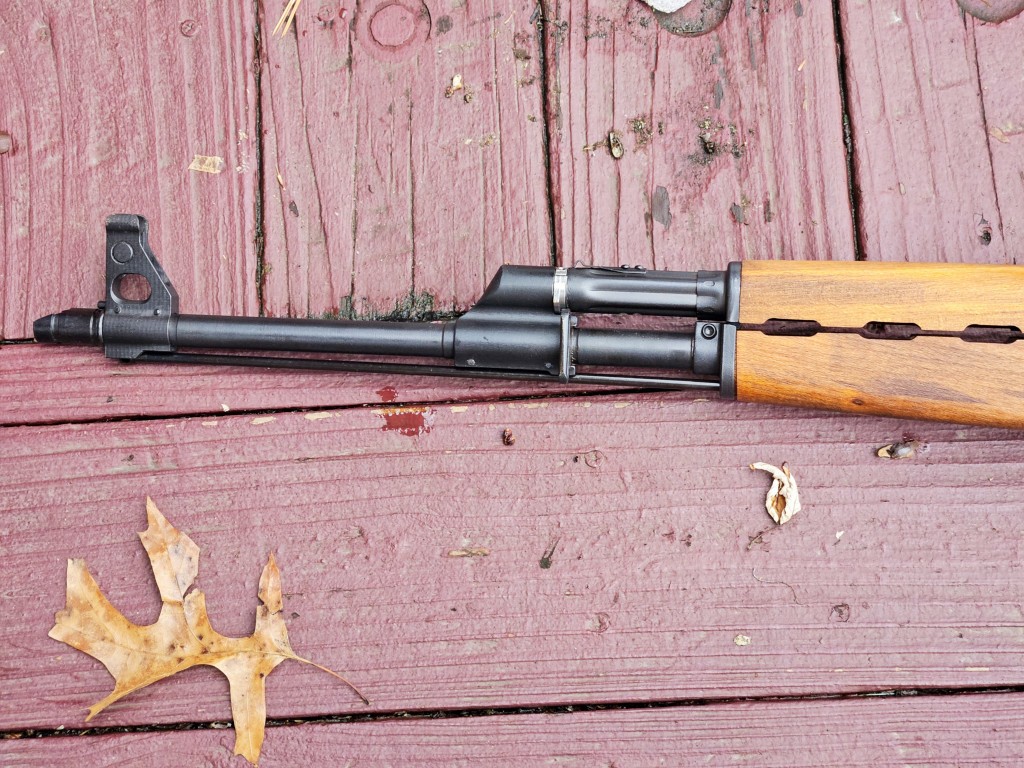
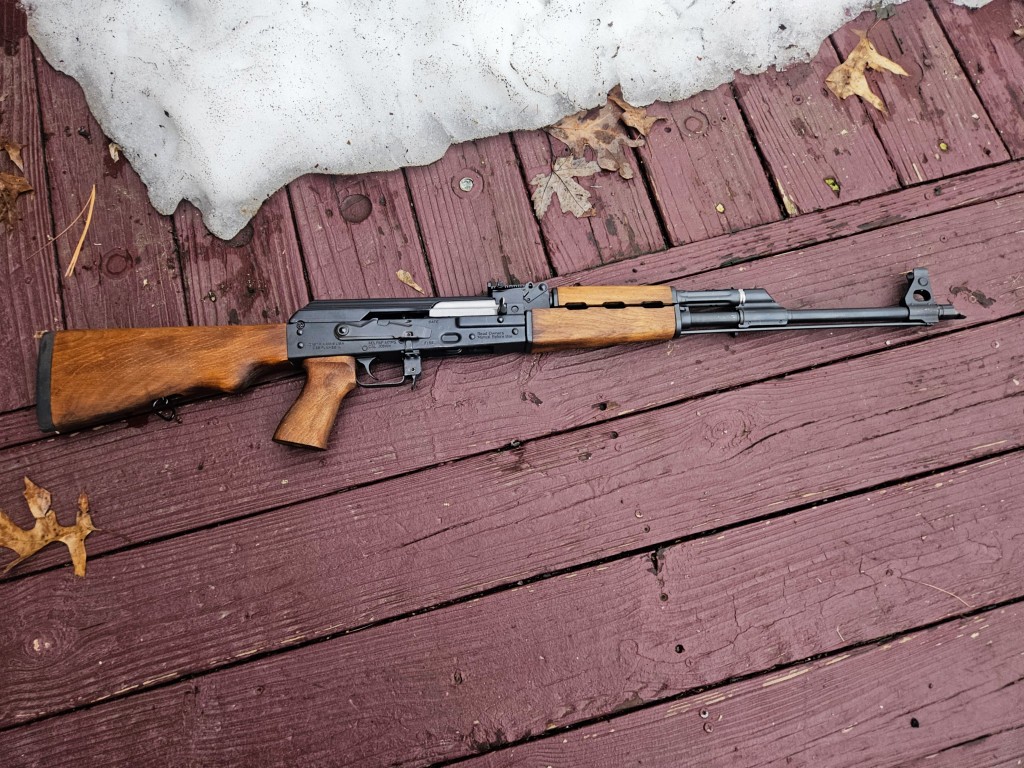
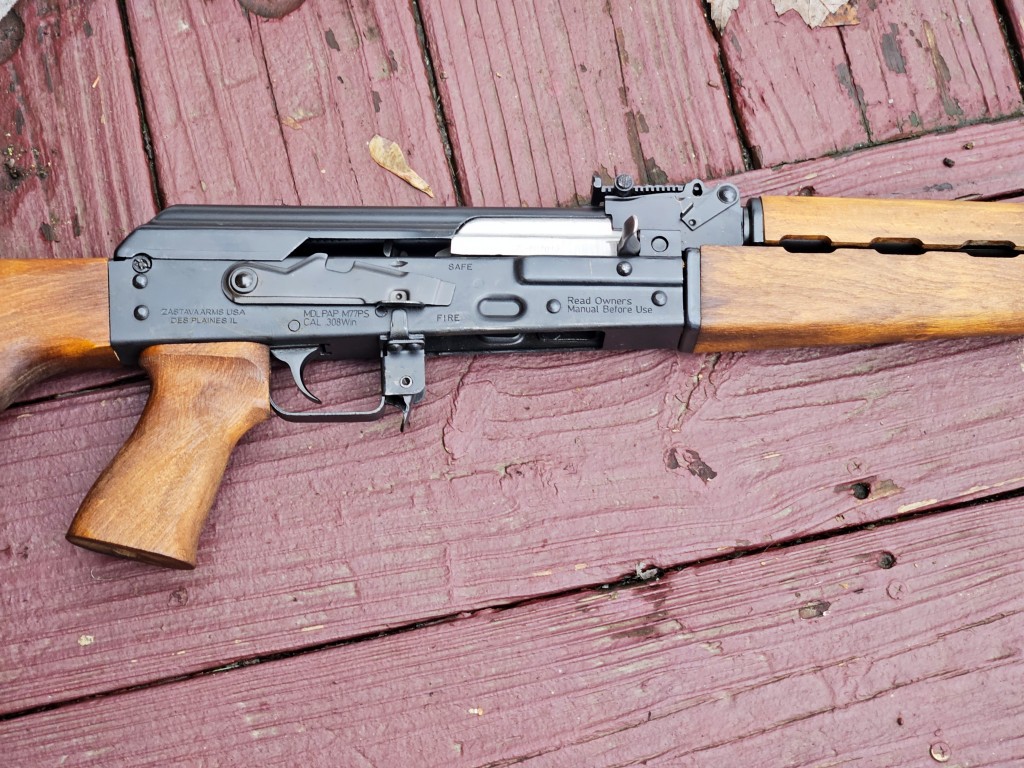
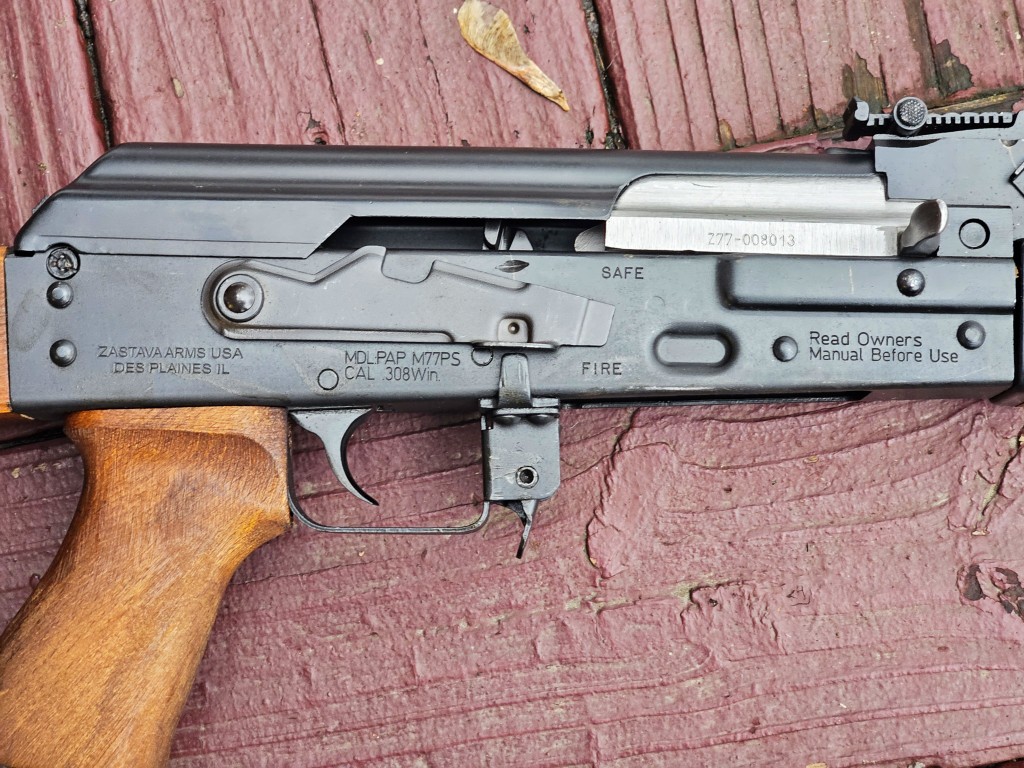
Opening it up

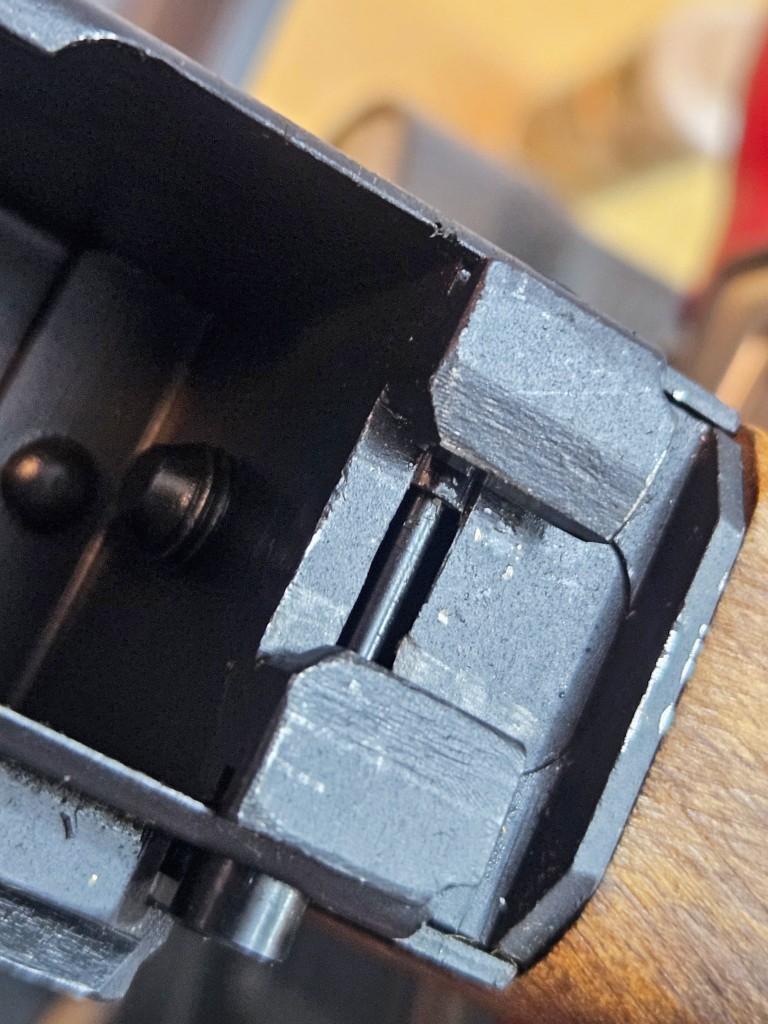
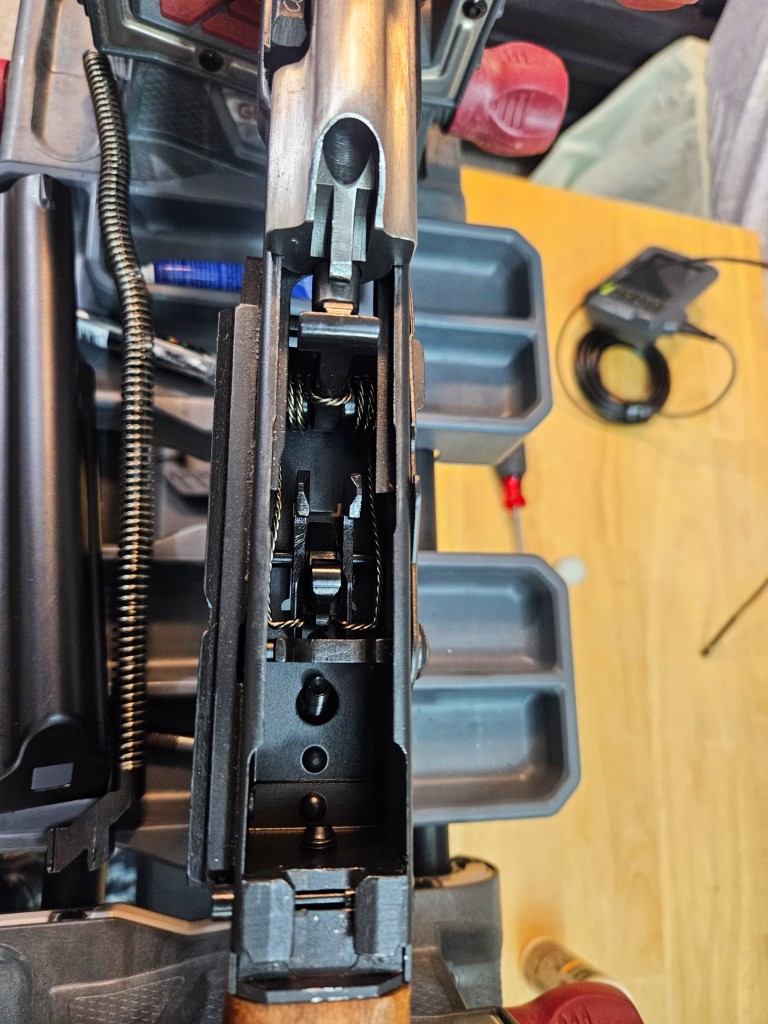
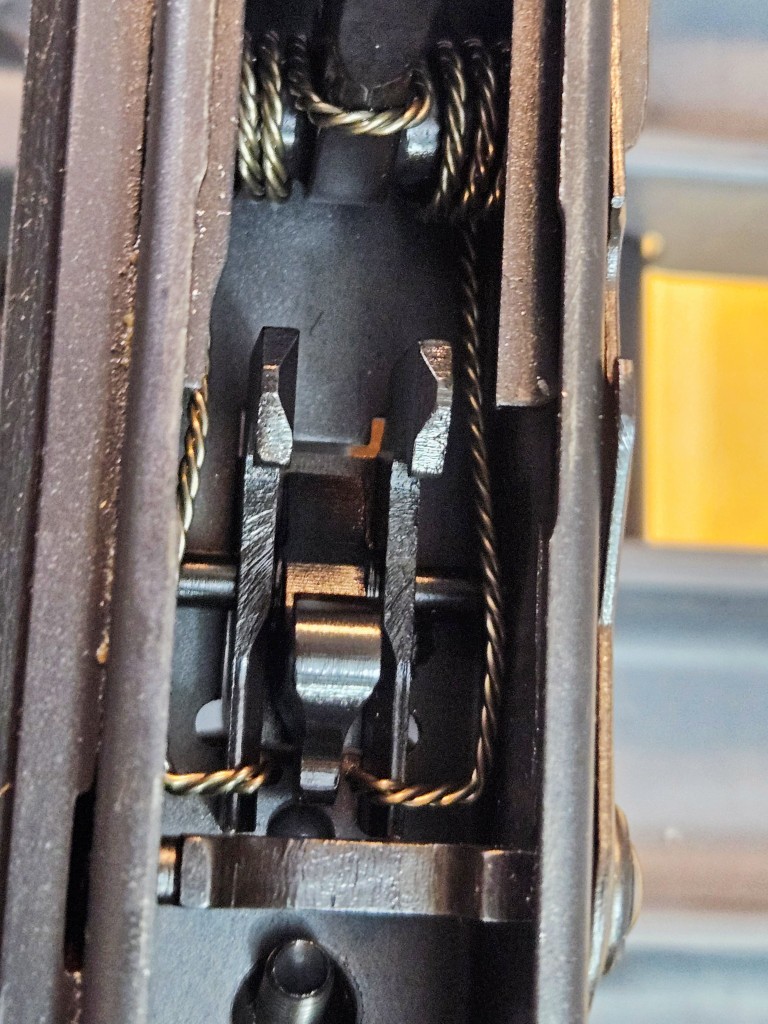
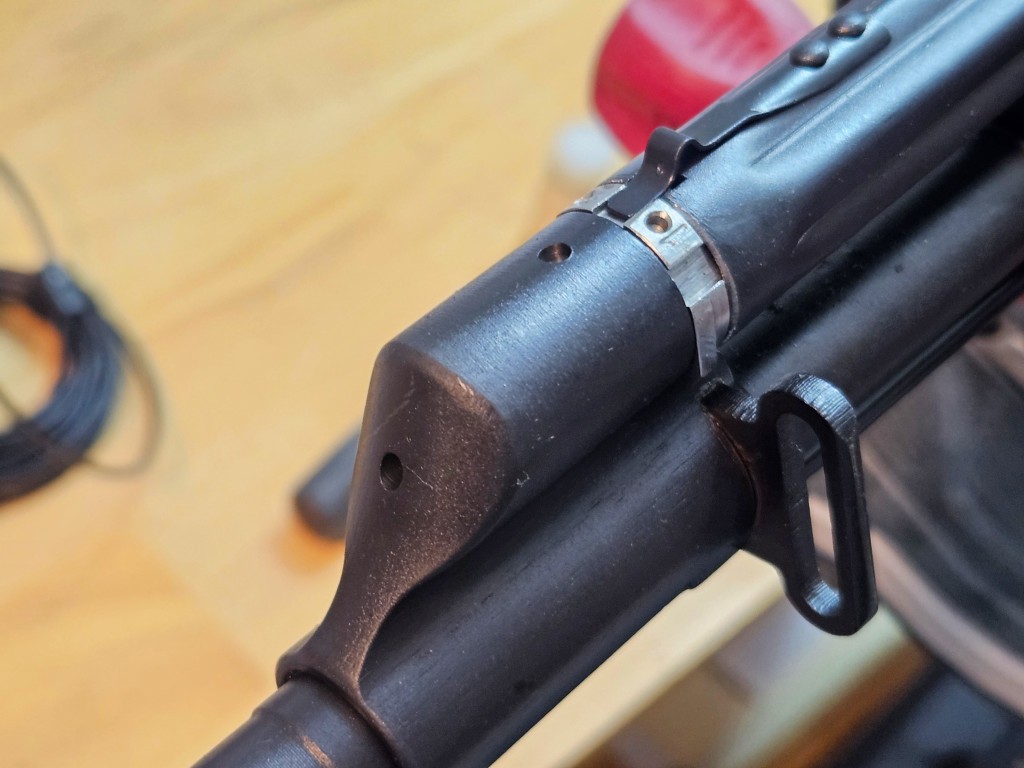
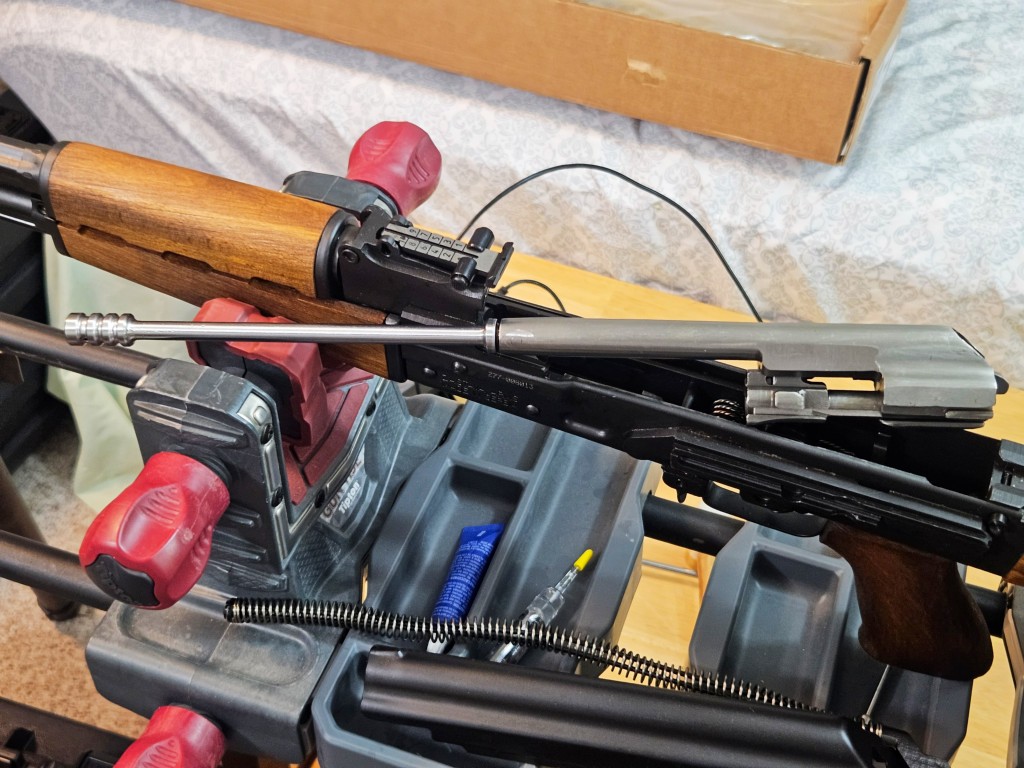
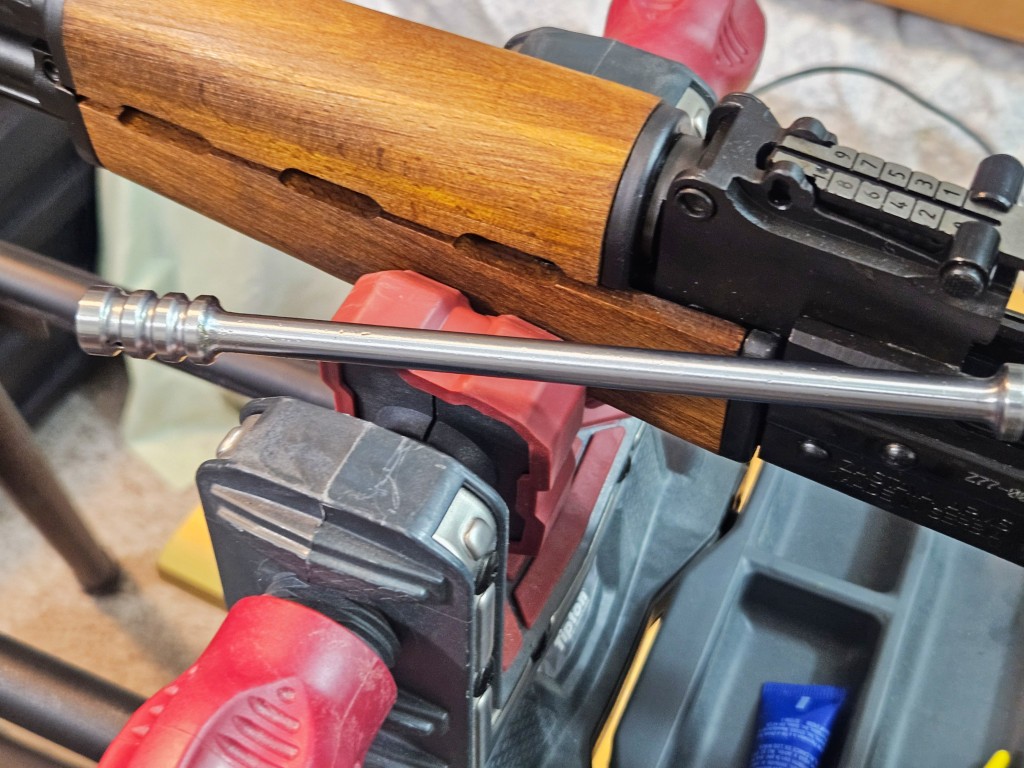
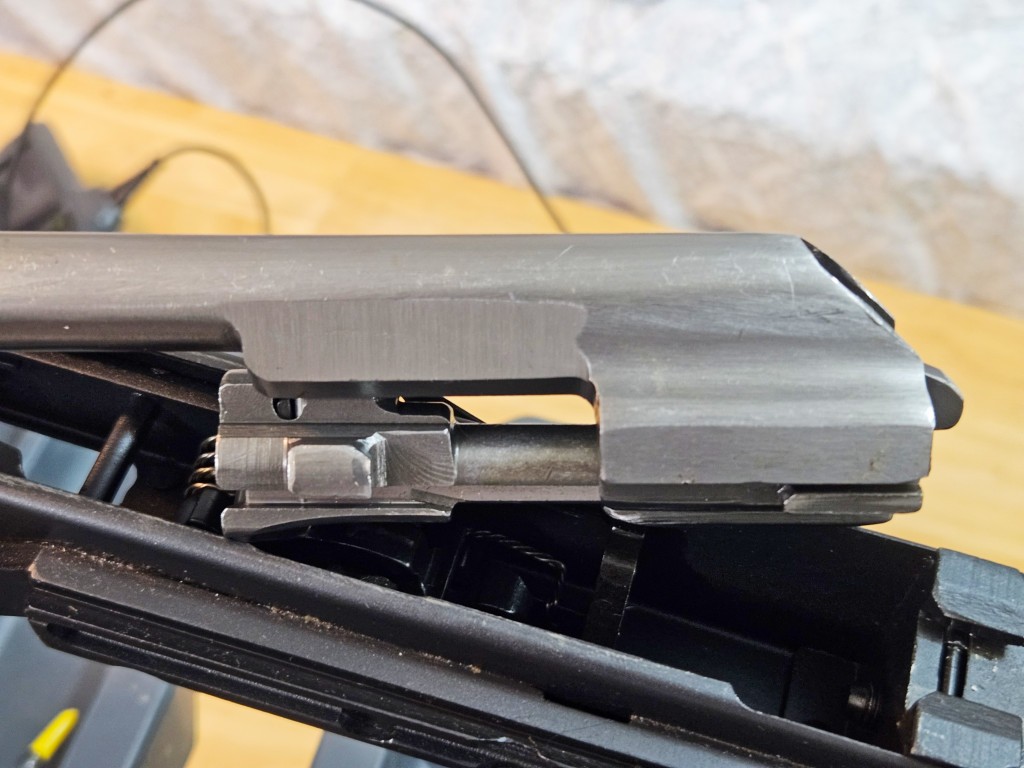
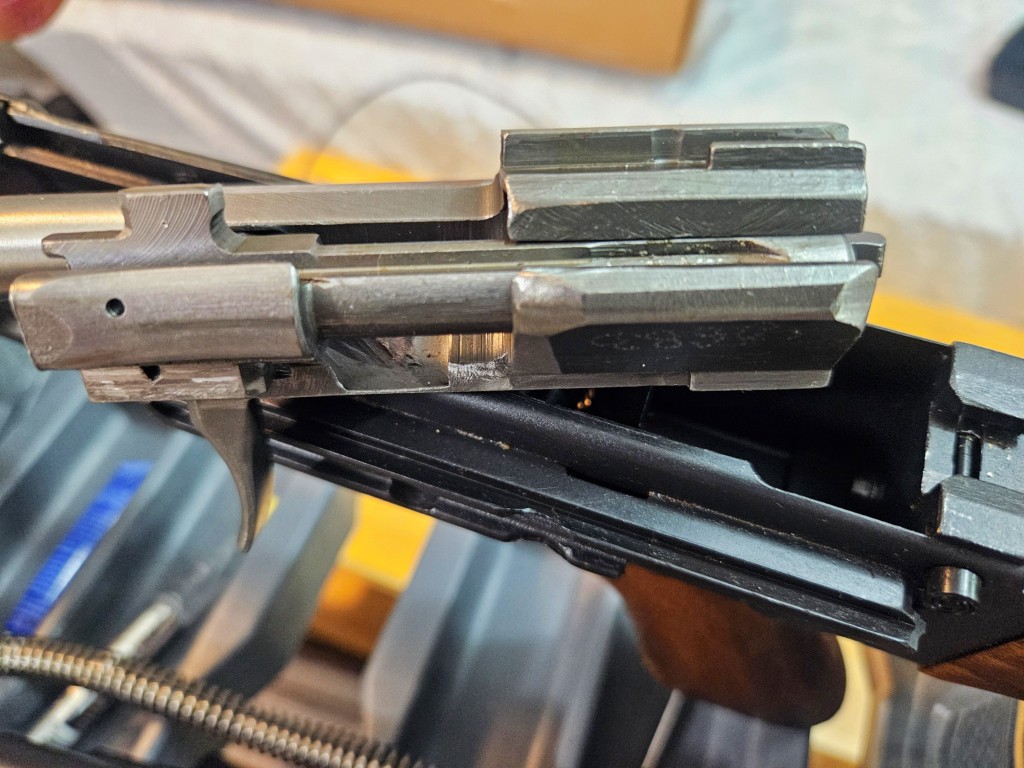

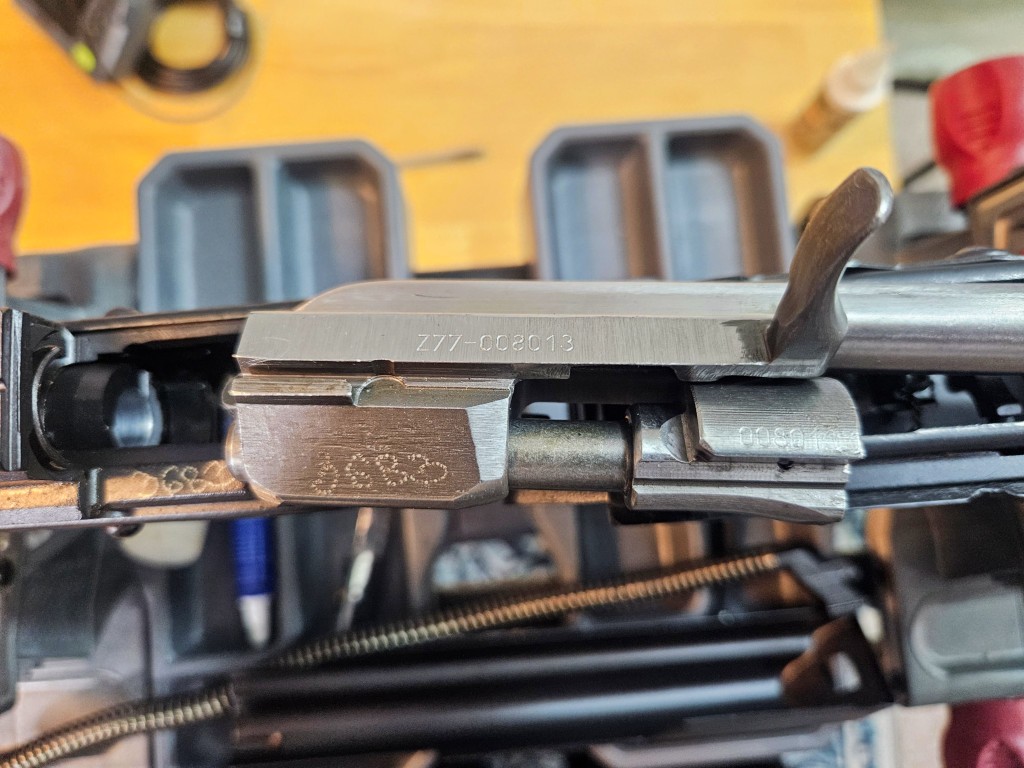


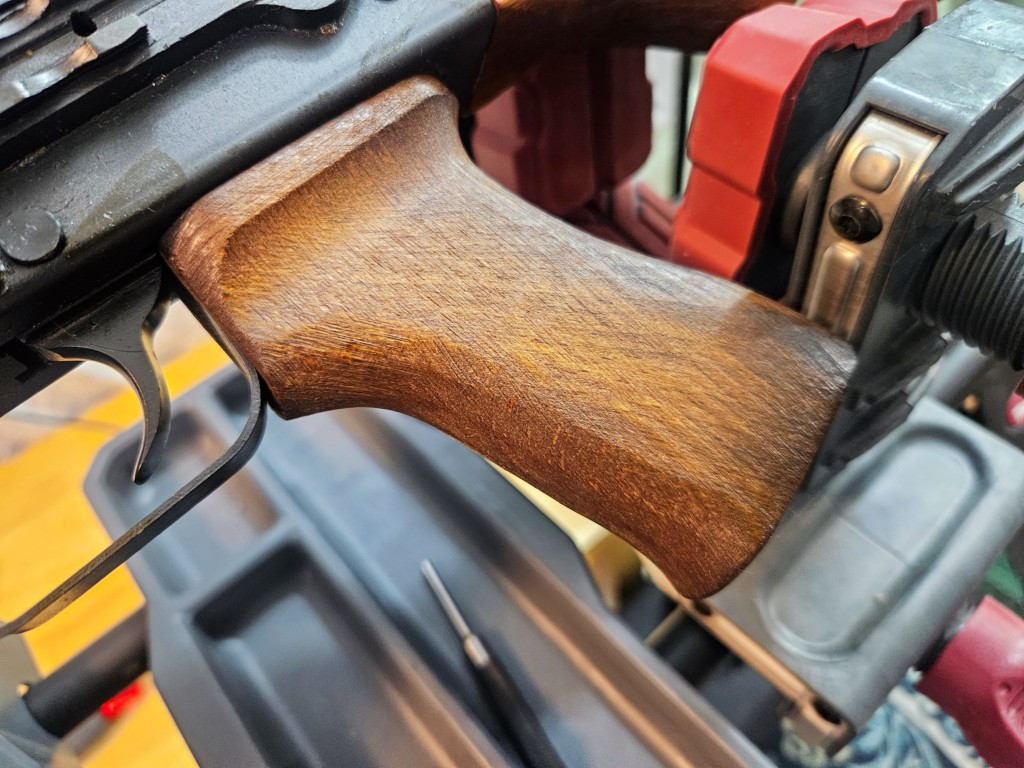
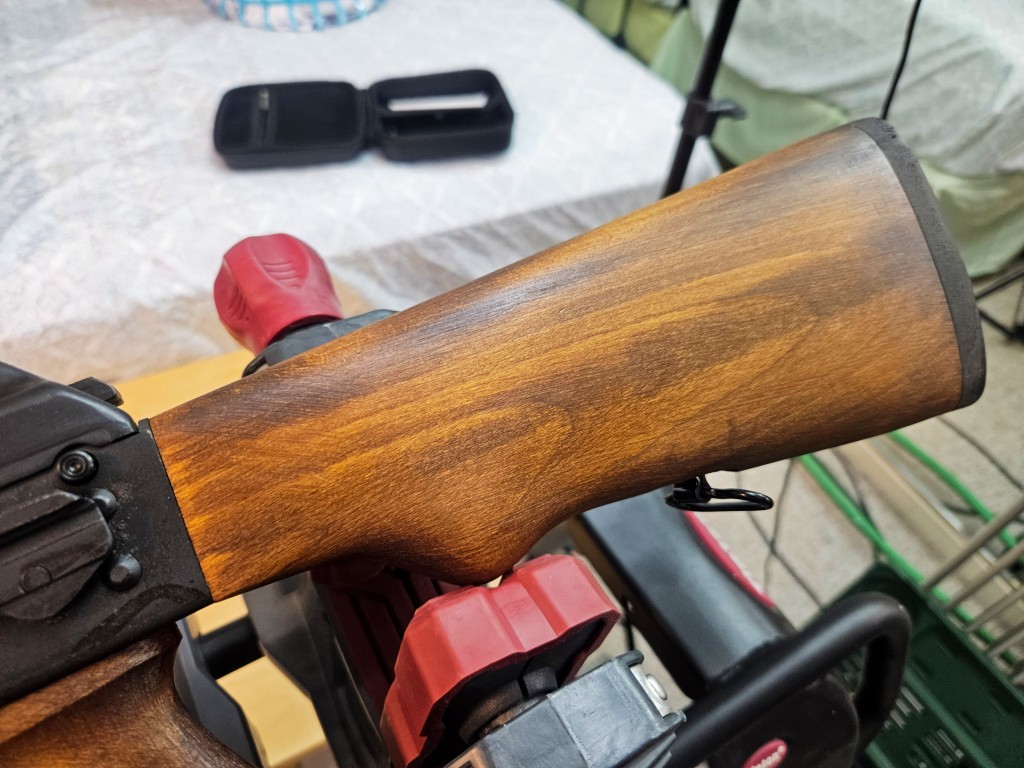
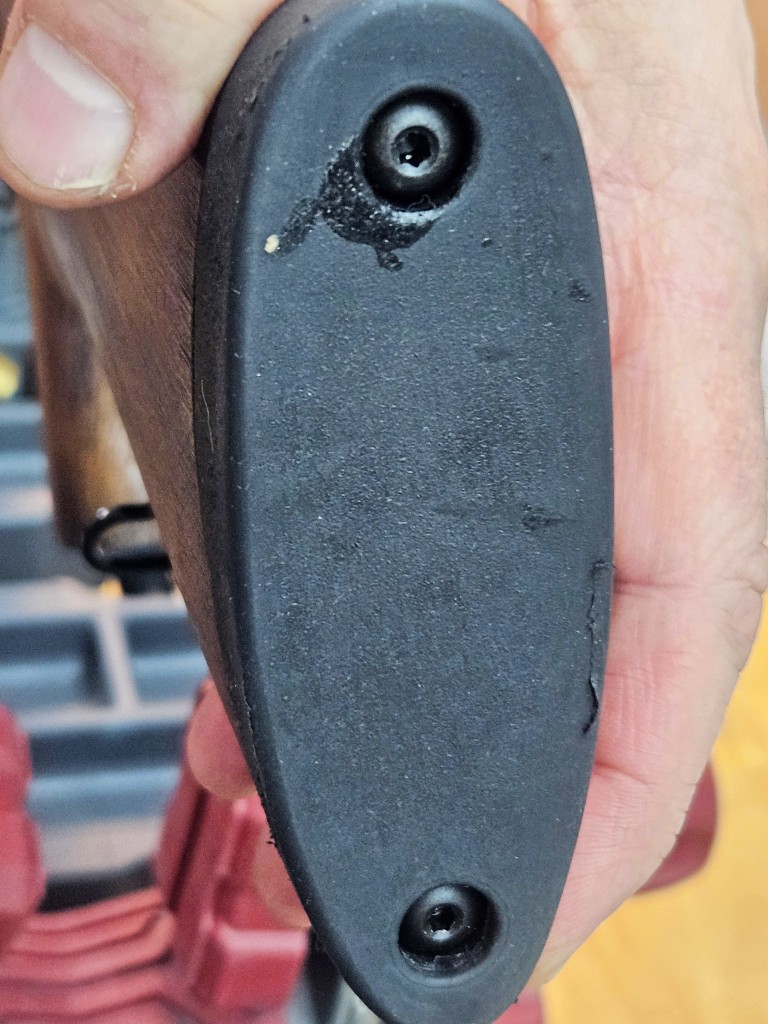
Summary
This gives you an overview of the M77 battleworn model right out of the box. Nothing really surprised me and the quality looked good. Sometimes I buy stuff and regret it but not this time.
If you know me, you also know I could not going to leave it alone and the customizations will be in future posts.
Note, I have to buy all of my parts – nothing here was paid for by sponsors, etc. I do make a small amount if you click on an ad and buy something but that is it. You’re getting my real opinion on stuff.
If you find this post useful, please share the link on Facebook, with your friends, etc. Your support is much appreciated and if you have any feedback, please email me at in**@*********ps.com. Please note that for links to other websites, we are only paid if there is an affiliate program such as Avantlink, Impact, Amazon and eBay and only if you purchase something. If you’d like to directly contribute towards our continued reporting, please visit our funding page.
